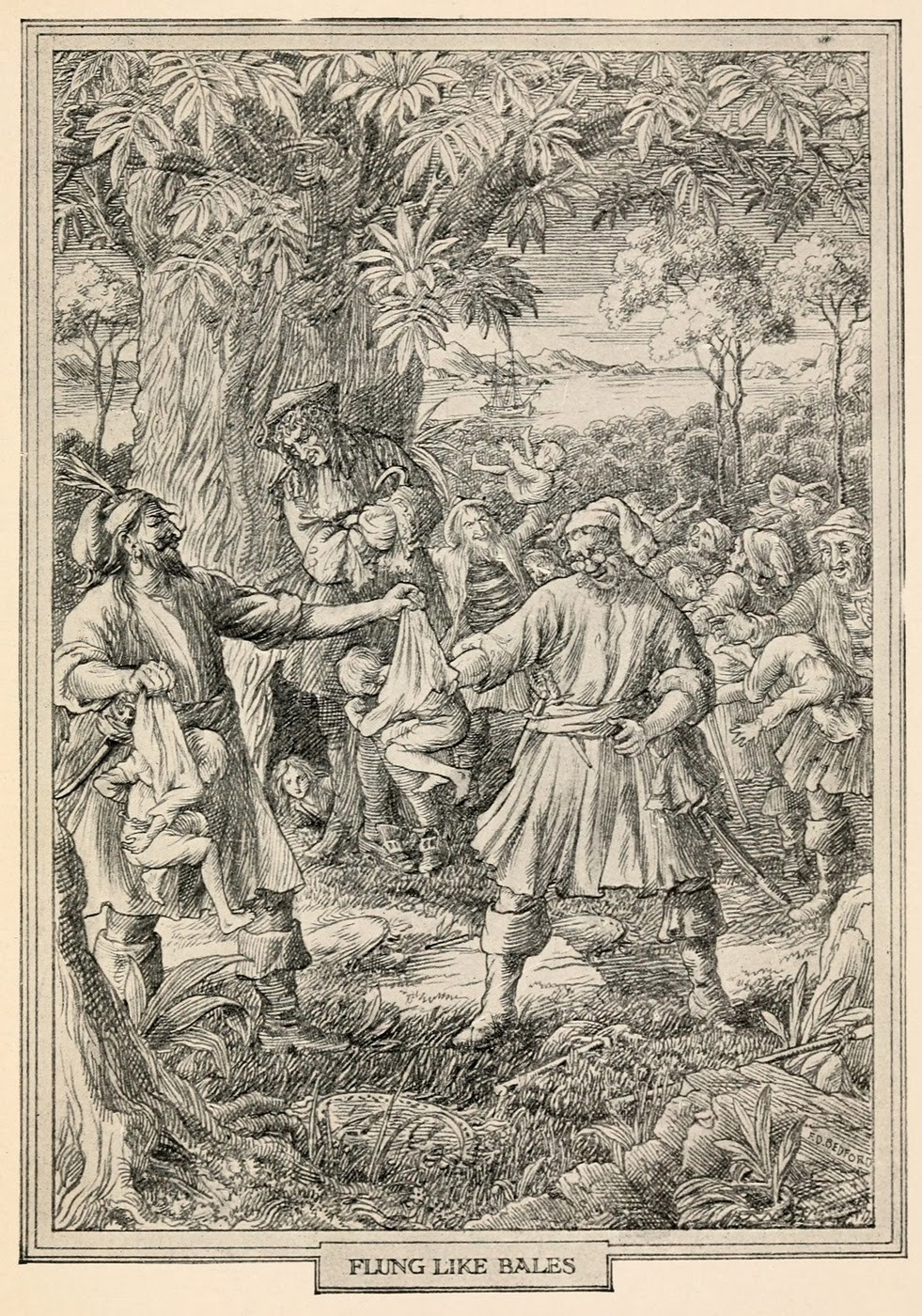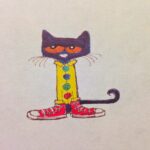Often portrayed as a comical, inept sidekick, Mr. Smee from J.M. Barrie’s Peter Pan is a character ripe for re-evaluation. Far from the bumbling fool frequently seen in adaptations, the original Mr. Smee is a complex and intriguing character with a depth often overlooked. Let’s delve into the true nature of Mr. Smee, exploring his portrayal in Barrie’s text and contrasting it with popular, yet often inaccurate, modern interpretations.
The Original Mr. Smee: Barrie’s Vision
J.M. Barrie’s description of Mr. Smee offers a much richer character than the simple buffoon many envision. Barrie identifies Smee as Irish and a Nonconformist, suggesting a background outside the English establishment. While Barrie doesn’t explicitly give Mr. Smee a first name, he hints at the absurdity of simplistic explanations, mocking those who would say “He was called Smee because he looked like a Smee.” This subtle humor points to a more nuanced understanding of the character.
In Peter Pan, Mr. Smee is introduced as “an oddly genial man who stabbed, so to speak, without offence.” This immediately establishes a crucial aspect of his personality: a capacity for violence and piracy masked by a disarming geniality. He is not merely inept; he is a pirate, complicit in acts of aggression and even murder. Barrie emphasizes this with the chilling detail: “Smee had pleasant names for everything, and his cutlass was Johnny Corkscrew, because he wriggled it in the wound. One could mention many lovable traits in Smee. For instance, after killing, it was his spectacles he wiped instead of his weapon.” This passage reveals a man desensitized to violence, yet possessing peculiar, almost endearing habits.
Mr. Smee as a Competent Bo’sun
Despite being described by Barrie as “rather stupid,” it’s essential to understand Mr. Smee’s role as the bo’sun of the Jolly Roger. The bo’sun is a vital position on a ship, responsible for maintaining all equipment, from rigging to anchors, and supervising the deck crew. This role demands intelligence, practical knowledge, and considerable common sense. Mr. Smee’s position indicates he is far from incompetent; he possesses a working knowledge of every aspect of sailing. The notion that Captain Hook would entrust such responsibilities to a complete fool is illogical. As the original text suggests, the Jolly Roger‘s long-standing presence as a formidable pirate ship is itself evidence against the crew being a collection of “dunderheads.”
Portrayals in Film and Television: A Mixed Bag
Adaptations of Peter Pan have offered varied interpretations of Mr. Smee, often leaning into the comedic aspects at the expense of his complexity.
Bob Hoskins’ portrayal in the movie Hook (1991) and the Syfy miniseries Neverland (2011) hints at the “genial sociopath” quality of the original Smee. Hoskins’ Smee is unsettling to the women of Neverland, capturing a darker edge. However, even Hoskins doesn’t fully embody the competence expected of a bo’sun, often emphasizing the comedic side.
Disney’s animated Mr. Smee is perhaps the most widely recognized depiction, and also the furthest from Barrie’s original intent. This Smee is almost entirely comic relief, a bumbling, overweight character whose incompetence is his defining trait. While entertaining, this version strips away the nuances of Barrie’s character.
ABC’s Once Upon a Time offers a refreshing contrast. Their William Smee, played by Christopher Gauthier, is depicted as more competent and even decent, aligning more closely with Barrie’s description. This version captures another key aspect of Smee: his unintentional ability to evoke pity. Barrie writes of Smee’s “pathetic” nature, not due to idiocy, but a kind of unconscious vulnerability that even Captain Hook finds strangely affecting.
The Lovable and Pathetic Pirate
Barrie emphasizes a paradoxical trait in Mr. Smee: his lovability. Despite being a pirate who “stabbed, so to speak, without offence,” children are drawn to him. Hook himself is bewildered by this, observing, “There was not a child on board the brig that night who did not already love him…they had only clung to him the more.” Hook grapples with the mystery of Smee’s appeal, even wondering if it’s “good form” that makes him so endearing.
This “good form,” coupled with his oblivious pathos, is central to Mr. Smee’s character. He is “pathetic…because he was so pathetically unaware of it.” This unawareness, combined with his industrious nature – often seen sewing or performing mundane tasks even amidst pirate chaos – creates a character that is both strangely pitiable and oddly lovable.
Reconsidering Mr. Smee
In conclusion, the common depiction of Mr. Smee as merely a clumsy buffoon does a disservice to the character J.M. Barrie created. The original Mr. Smee is a far more complex figure: a competent bo’sun, a genial pirate capable of violence, and a strangely lovable and pathetic individual. By understanding these original traits, we can appreciate Mr. Smee as more than just comic relief, recognizing him as a multifaceted and integral part of the Peter Pan narrative. Future adaptations and appreciations of Peter Pan should strive to capture this depth, moving beyond simplistic caricatures to embrace the intriguing complexity of Mr. Smee.


